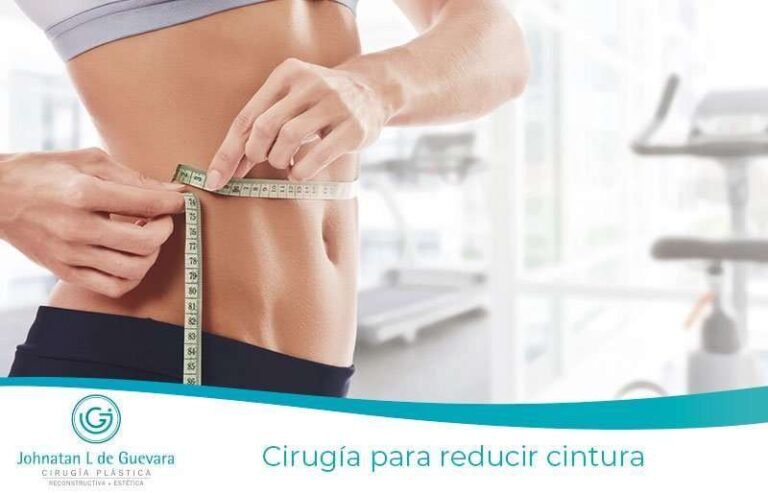Let’s talk about Biopolymers
The misnamed biopolymers are actually substances that are applied under the premise that they produce buttock augmentation. Within these substances we have found liquid silicone, kerosene, and even cooking oil and burnt car oil. The problem with these substances is that they are not designed to be inside the body, so a foreign body reaction begins to develop, or what is described as iatrogenic allogenosis. This condition is increasingly being studied and it has been identified that if the patient has a predisposition to a rheumatologic disease, such as rheumatoid arthritis, lupus, etc., the biopolymers can trigger it faster and more severely than is usually the case.
One of the main reasons for consultation of patients is the presentation of local symptoms such as redness, the skin begins to change color and becomes a purplish or purple color, which is known as cutis marmorata. Generally, this tells us about disease activity, the body triggers an inflammatory reaction to try to expel or eliminate those substances that are recognized by the body as foreign and an inflammatory process is generated.
When patients come to my office, the first thing to do is to perform a proper physical examination to determine the disease activity according to the skin changes already mentioned. The next step is to request an MRI or a Tac with protocol for biopolymer or foreign substances in the body; this gives us an idea of the magnitude of the infiltrated volume and the depth at which it is located, information with which we can make a treatment plan that fits each patient.
Personally, in the consultation I try to be very clear with the steps and the treatment to be performed, since another of the frequent reasons for consultation are patients who have already undergone surgical procedures for biopolymer removal and who come very discouraged because they had expectations that the biopolymers would be removed in their entirety. Experience has shown that no surgery can remove 100% of the biopolymers in a single surgical procedure, so 2-5 surgical procedures are required; in each surgical procedure between 20 and 50% of the biopolymers can be removed.
Now let’s talk about the surgical techniques. Roughly speaking there are two types of options to remove biopolymers: the open technique with butterfly wing resection and the ultrasound-assisted liposuction vaser technique.
The latter is my technique of choice, what is done is to heat a little of this substance and through liposuction we can make the removal, achieving less deformity, a marked improvement, and a harmonious shape to the gluteal region.
Additionally, I recommend to my patients, if possible, not to perform gluteal liposuction in these cases to try to improve the deformity, since if the patient has biopolymers, the risk of infection and immunological reaction increases. This option is only considered in very punctual and specific cases where the deformity is very marked and the benefit is greater.
I hope this article addresses some of the concerns you may have about biopolymer removal. Do not hesitate to contact us if you have any questions and schedule your appointment for this procedure.


